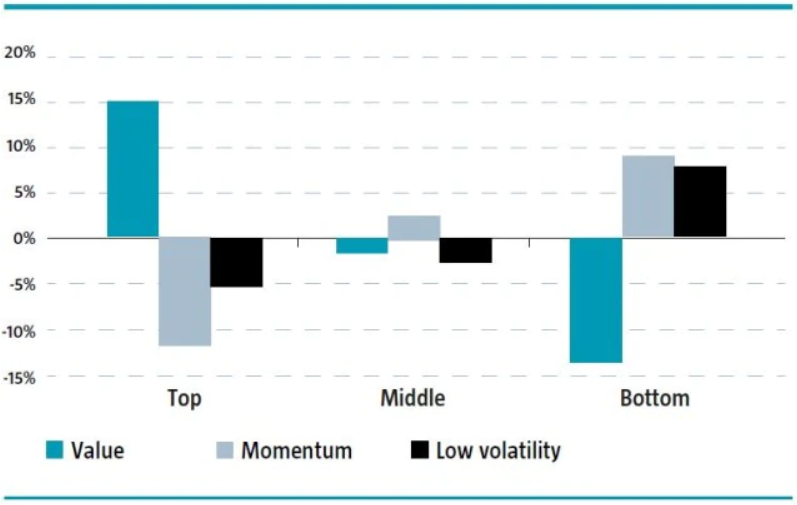Disclaimer
Neither information nor any opinion expressed on the website constitutes a solicitation, an offer or a recommendation to buy, sell or dispose of any investment, to engage in any other transaction or to provide any investment advice or service. An investment in a Robeco product should only be made after reading the related legal documents such as management regulations, prospectuses, annual and semi-annual reports, which can be all be obtained free of charge at this website and at the Robeco offices in each country where Robeco has a presence.
Please confirm that you are a professional investor and/or institutional investor and that you have read, understood and accept the terms of use for this website.
Quantitative investing
Risk due diligence approach
An approach1 to implementing factor investing. An analysis is made to establish whether the current portfolio is suitably distributed over factors and does not incorporate excessive risk. This can be done using the 'Robeco Factor Exposure Monitor'.
The advantage of this approach is that investors obtain greater insight into their exposure to specific factors in the portfolio. It also helps determine whether the portfolio contains desired or undesired concentrations of factors. It then becomes easier to assess the sensitivity of the portfolio in specific scenarios.
The chart below shows a hypothetical portfolio of factor overweights and underweights. Per factor the portfolio has three subdivisions into levels of exposure: substantial (top), average (middle) and low (bottom).
Figure 8. Relative factor exposures of portfolios

Source: Robeco, Quantitative Research, 2014
Footnote
1Other approaches involve using factor tilts and a system of portfolio optimization based exclusively on factors.















